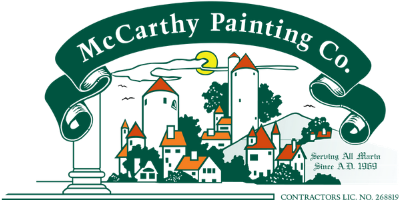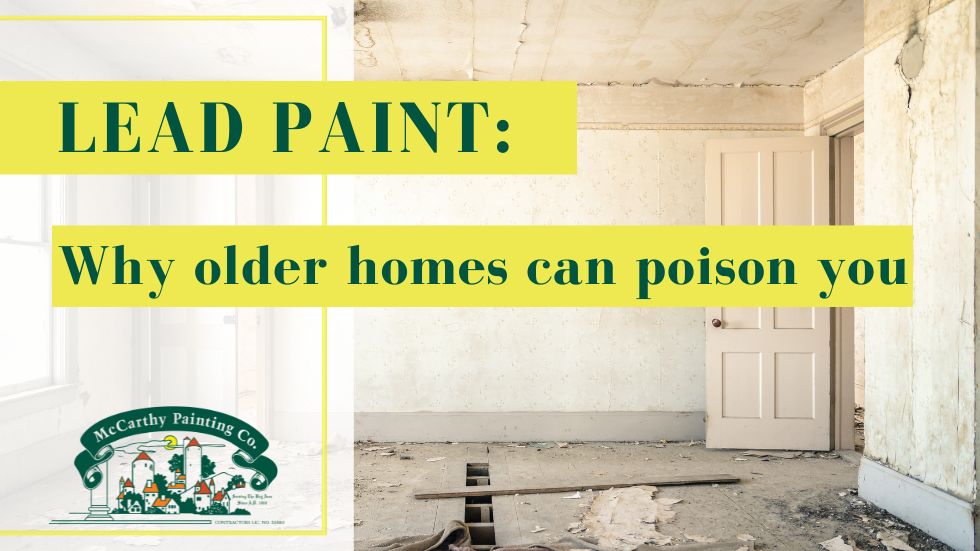Do you live in a house that was built before 1978? If you said yes, then it might not be great news to know that your interior walls might contain lead paint. But first, how was lead incorporated into paint and introduced into American homes? For this, we’d have to first take a look at our neighbor from across the pond, Britain.
Britain’s Victorian Era: Painting the Way for Lead
Hailing from across the pond, lead-based paint was first introduced into Victorian homes in Britain in the 1800s. As the Victorian era emphasized home as a sanctuary for the workingman, the Victorian housewife was compelled to make the house a haven and that meant beautifying it and decorating it with colorful wallpapers and paint that contained a highly toxic element, lead.
Back in the 19th century, there were still scarce information on just how toxic and poisonous lead was. And as the main manufacturers for wallpapers and paints had lead mines, it meant that this cheap ingredient was used in almost everything—from wallpapers, paints, and even children’s toys.
It wouldn’t take long before newspapers started printing cases of mysterious deaths in the Victorian houses, with lead wallpapers and paints being identified as the main culprit.
20th Century Awakening: The Ban of Lead Paint in America
As Britain and other European countries started recognizing lead as a poisonous and toxic and harmful substance, bans against the use of lead in paint and other products started. However, America wasn’t as progressive as the other Western countries. While leading paint manufacturer Sherwin-Williams identified lead as a harmful substance as early as 1904, the US Congress would only come to ban lead paints in 1971 for residential projects done by the governments. The Consumer Products Safety Commission then followed banning the sale of lead paint for residential structures in 1978.
21st Century Guidelines: The Introduction of EPA Lead Safety Standards
Due to this silent threat to homeowners all over America, EPA released a law in 1996 mandating homeowners to conduct a lead inspection for their homes.
After which, in 2010 the EPA has released a certification for various contractors dealing with lead in homes.
In a 2011 survey, the U.S. Department of Housing and Urban Development found out that 34.4 million or 93% of homes built before 1978 had lead-based paint.
For Homeowners’ Safety: Lead-Safe Certified Painting Contractors
Since lead can easily be disturbed and can easily contaminate the atmosphere of a house, homeowners with houses built before 1978 must ensure they are hiring paint contractors who are certified and trained in handling lead-based paints.
These lead-safe and certified contractors will know how to proceed in a lead-contaminated area. Some safety precautions lead-safe contractors will follow include
- Identifying surfaces and areas that contain lead-based paint.
- Securing the room or work areas with lead contamination.
- Using personal protective equipment from clothing to respirators to avoid poisoning
- Having safety work protocols in order not to disturb lead-based surfaces
- Doing rigorous cleanup to ensure the work area is lead-free.
McCarthy Painting is proud to be a Lead-Safe and Certified Contractor. We provide a safe and secure painting service for homes built before 1978 that may have lead-based paint in San Rafael, Marin County, the Mill Valley, and the San Francisco Bay area.
If you’re far from our service areas and would like to find a lead-safe and certified painting contractor in your area, look for one in the Lead Safe directory.


